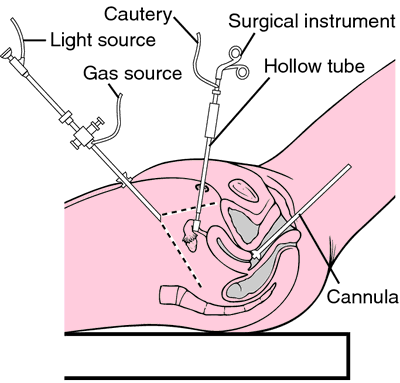If you were sexually active in the 1970’s, you might remember the Dalkon Shield. A real lemon of contraceptive methods, the poorly designed T-shaped device allowed bacteria from the vagina to ascend into sterile uterine ground. The Shield was a VIP invitation for pelvic disease.
That was yesteryear’s intrauterine devise (IUD). Today, two newer and better-designed IUDs—the progesterone-filled Mirena and copper-based ParaGuard—are leaving drastically different impressions on contracepting women in America.
Made from newer, safer materials, the IUD is now an increasingly popular choice, but not just for preventing pregnancy. More and more research is beginning to show, what’s good for contraception might also be good for endometriosis.
A disease of abnormal uterine tissue growth, Endometriosis affects roughly ten-percent of reproductive aged women and can severely impact quality of life. Instead of staying confined to the uterus, endometrial tissue is found in the fallopian tubes, on the ovaries, even near the rectum. Problems like heavy periods, pain during sex and even infertility are just a few of its afflictions, and until recently, there have been limited options for symptom relief.
What brings on the debilitating pain for which endometriosis is so famous, is the contracting of this misplaced endometrial tissue during menses. Since estrogen fuels this fire, doctors have tried methods like putting a woman into pseudo-menopause or pseudo-pregnancy with medications that decrease estrogen levels in the body.
The problem with that approach however, is that estrogen also supports strong bones and anti-estrogen medicines might put women at risk for early osteoporosis, especially if taken for more than six months.
This is where the IUD could gain some significant ground. The hormone IUD contains progesterone, not estrogen. Through methods that are not yet all the way clear, the progesterone IUD (Mirena) works locally in the uterus to decrease pain associated with endometriosis. It does not have the same effect on osteoporosis as GnRH-a (the gold standard medicine used for endometriosis) and does not stop the ovaries from ovulating in all women (as does GnRH-a).
A Cochrane Review article from earlier this year noted, the IUD might also be good at reducing painful periods if inserted after surgery for endometriosis. And just last month, the FDA approved Mirena’s use for heavy periods, a cardinal symptom in endometriosis.
So far, no studies have shown a downside to using the hormonal IUD for endometriosis symptoms, but it’s worth noting that this is still new territory in the research world. The gold standard, GnRH-a, is still the gold standard and that might be because some studies have questioned the IUD’s ability to shrink an enlarged uterus (also common in endometriosis).
Lastly, the economy being what it is, it’s also smart to look at the cost effectiveness of the IUD. It might actually be cheaper to have your Ob/Gyn insert a Mirena IUD (that costs around $800 each and lasts up to five years) versus monthly injections of GnRH-a (that can run hundreds of dollars per month).
For reproductive aged women with endometriosis who are not trying to conceive, the progesterone IUD could be the solution for pain or, at the very least, a hopeful possibility.





Add a CommentComments
There are no comments yet. Be the first one and get the conversation started!